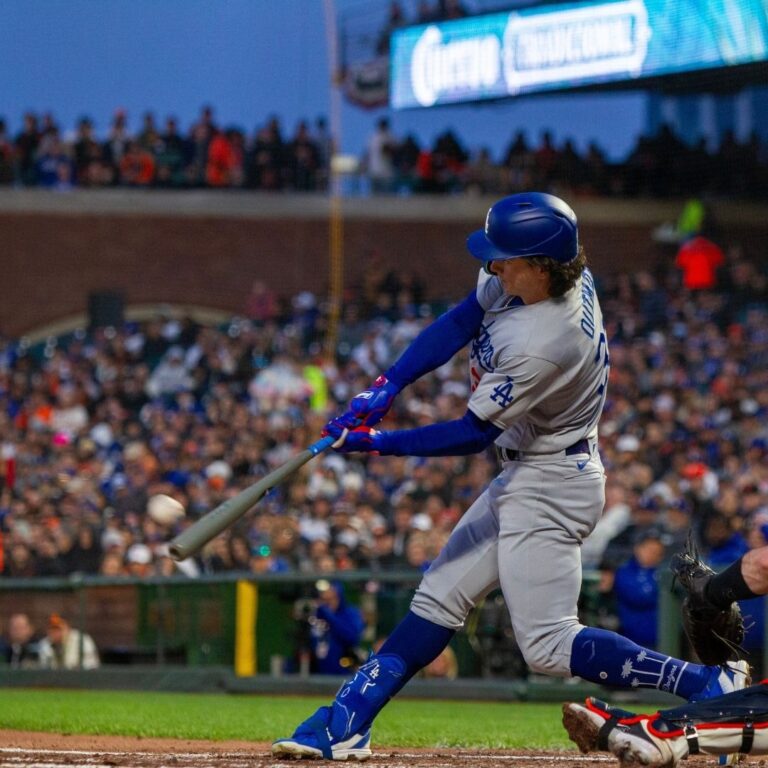Major League Baseball (MLB) clubs currently boast a record average value of $2.6 billion, but uncertainty surrounding the league’s media rights is placing them in a precarious situation.
Three years after the NFL and just one year after the NBA, Major League Baseball has its first team valued at eight billion dollars: the New York Yankees.
The New Yorkers, who have topped the list of most valuable baseball clubs every year since Forbes began publishing the ranking in 1998, now have an estimated value of $8.2 billion.
Meanwhile, the Los Angeles Dodgers, the second most valuable team for the fourteenth consecutive year, have grown to $6.8 billion after a 25% jump from 2024, placing them among the top 10 most valuable teams globally across all sports.
The largest increase this year belongs to the Athletics, who grew by a full 50% to $1.8 billion, despite relocating to a smaller ballpark in West Sacramento for the next three seasons.
Stagnation and Rights Issues
While MLB team values continue to rise (averaging $2.6 billion), there are some reasons for concern. Four clubs have the same values as the previous year – the St. Louis Cardinals, Seattle Mariners, Colorado Rockies, and Tampa Bay Rays – while the Chicago White Sox decreased by two percent to $2 billion.
Baseball’s growth is also starting to lag behind other sports. In the last five years, NFL teams have grown by an average of 87% to $5.7 billion, and NBA teams have grown by 101% to $4.4 billion. During this time, MLB clubs have grown by 36%.
To some extent, this difference reflects long-term systemic issues within MLB.
One of the main difficulties is that the league does not have a hard salary cap like other sports. This means that wealthy clubs (such as the New York Yankees and Los Angeles Dodgers) can afford to buy the best players, while smaller teams often have no chance to compete. This disrupts the balance and reduces competitiveness, which can lead to less fan interest.
Baseball also faces uncertainties regarding labor relations. The collective bargaining agreement expires in 2026, and the players’ union is already indicating that they expect further strikes.
However, the biggest problem is the situation with media rights.
The NFL, which announced its first agreements for a new television package in 2021, has $126 billion guaranteed for national media rights through 2033; the NBA is set to receive $76 billion in eleven-year broadcast deals that will take effect next season.
In contrast, MLB’s current deals with ESPN, Fox, and TBS were expected to bring in $12.9 billion over seven years, with the league having to reassess its plans after a recent agreement with ESPN, which decided to opt out of the final three years of their contract, worth an average of $550 million per year.
Furthermore, a large part of the league is still grappling with the consequences of the bankruptcy of regional sports network operator Diamond Sports Group (renamed Main Street Sports Group in January). The company emerged from bankruptcy in January, but several teams had to find new broadcast homes, and most teams that remained with Main Street reportedly accepted a significant discount.
Local cable broadcasts should not be underestimated. They accounted for an average of nineteen percent of teams’ total revenue last season. This is far more than in the NBA (thirteen percent) or the NFL, where it is essentially a negligible item.
League management believes that it might be financially more advantageous to reach a deal with a new partner, or perhaps a group of partners, who would divide smaller portions of the broadcast rights, instead of ESPN. And the expiration of national television contracts after 2028, along with a smaller digital deal with Apple, presents an opportunity for broader media reform.
Commissioner Rob Manfred, for example, is considering linking the league’s domestic rights with its international rights, which until now have mostly been considered more of an add-on. However, this could now change.
The sport’s popularity worldwide is also being helped by Japanese superstar Shohei Ohtani of the Los Angeles Dodgers, whose playoff games last year attracted massive viewership in his home country and who has helped attract new Asian corporate partners to MLB. Sponsorship is also generally improving, with twenty-four teams now wearing brand logos on their jerseys, and the Washington Nationals hoping to join them soon.
Jersey patches alone have generated over $200 million in revenue in two seasons. MLB’s sponsorship growth thus surpasses that of other North American professional men’s leagues.
Thanks to successful rule changes that shorten games and create more action on the bases, MLB surpassed 71 million fans in regular season attendance last year, the best result since 2017, with clubs achieving average total revenues of $407 million, an eight percent increase from the record $378 million in 2023.


